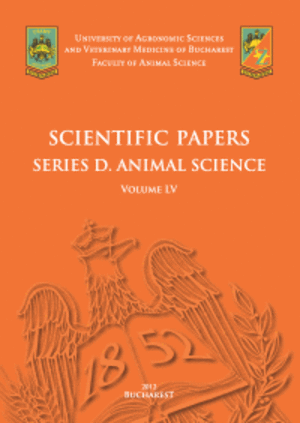Published in Scientific Papers. Series A. Agronomy, Vol. LXVIII, Issue 1
Written by Ioana-Alina HÎNDA, Florin IMBREA, Simona NIȚĂ, Lucian Florin BOTOȘ, Georgeta POP, Ștefan-Laurențiu BĂTRÎNA
Carthamus tinctorius L. – safflower - is a promising oilseed crop for drought-prone regions. Research conducted in the southwestern Banat region on eutric semicarbonatic alluvial soil involved two experiments: one focusing on fertilization and the other on plant density and row spacing. In the fertilization trial, the highest yield of 3335 kg/ha was achieved with an N150P100K60 treatment. This regimen also enhanced grain quality, as evidenced by an increase in the thousand seed weight from 30.4 g in the control to 37.2 g, and an improvement in hectoliter mass from 40.2 kg/hl to 46.2 kg/hl. In a separate experiment evaluating plant density and row spacing, the optimal configuration was found to be 250,000 harvestable plants per hectare with a row spacing of 70 cm, resulting in a yield of 3050 kg/ha. Furthermore, chemical analyses revealed that oil content increased from 30.8% in the control to 40.5% in the N100P100K60 treatment, culminating in a maximum oil production of 1398 kg/ha. These results underscore the potential of safflower as a high-yield, highquality oil crop when appropriate agronomic practices are applied.
[Read full article] [Citation]




